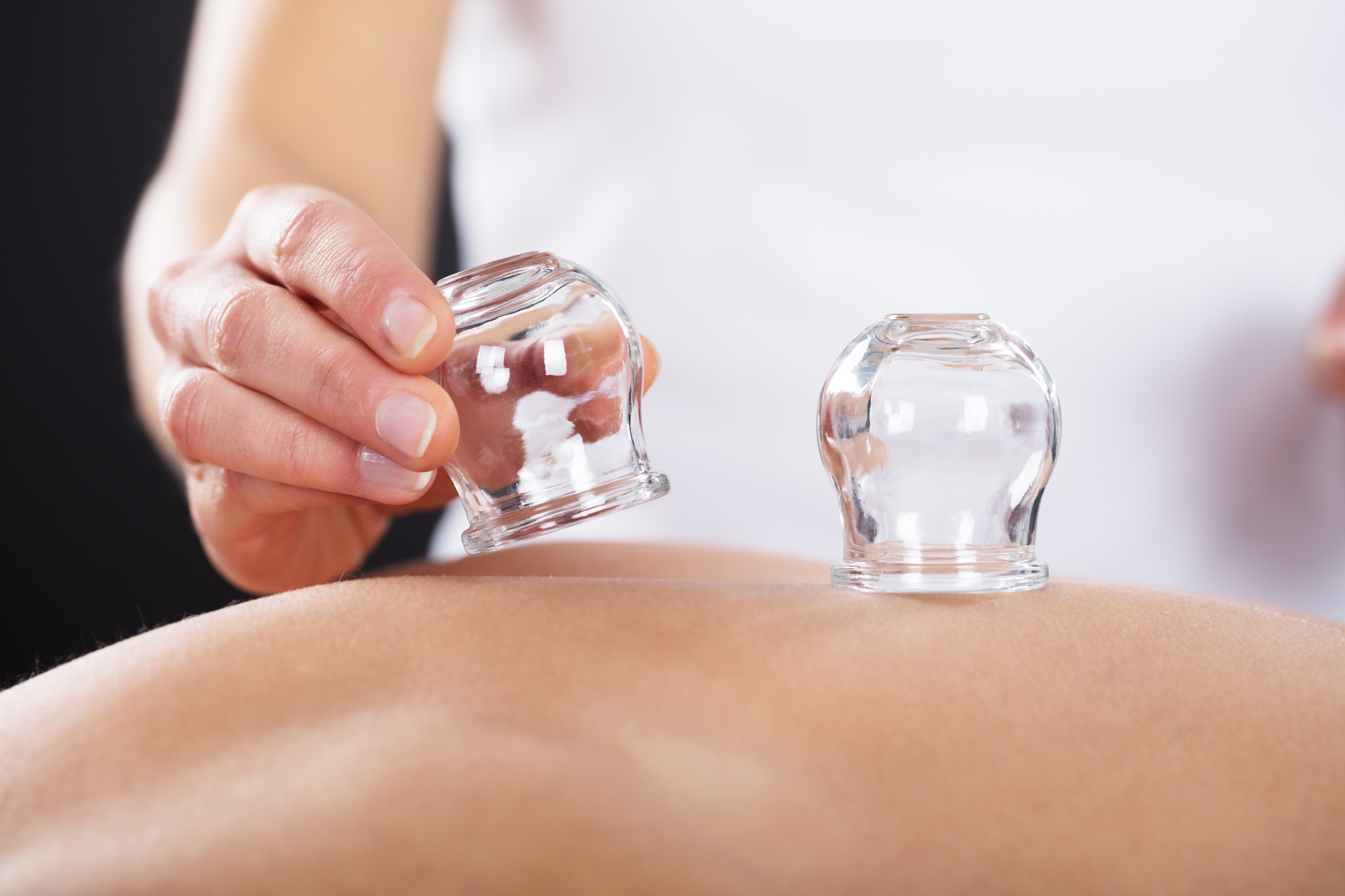‘A relaxing massage’ was at the top of the charts for what people want most when going to a spa. However, cupping is one form of massage that might need to be noticed.
Many people think of cupping as an ancient Chinese technique. However, it has recently gained popularity in Western countries. Furthermore, cupping is not solely the domain of acupuncture practitioners.
What is a myofascial cupping massage, and how does it differ from your average spa treatment? Let’s take a closer look.
Therapeutic Benefits
Myofascial cupping massage can help with a lot of health problems. It helps improve the flow of blood and lymph, which can help reduce inflammation, speed up tissue healing, and ease muscle pain. The technique also helps release muscle tension, knots, and adhesions in the fascia, which improves the range of motion, flexibility, and overall relaxation.
Cupping Techniques
Myofascial cupping massage, including local couples massage found here, involves using silicone or glass cups that create a vacuum effect on the skin. Two primary cupping techniques are employed during the therapy: stationary cupping and moving cupping.
Stationary Cupping
In stationary cupping, the therapist places the cups on specific body points, creating a suction effect that draws the underlying tissues into the cups. The cups are left in position for a short duration, typically ranging from a few minutes to around 15 minutes, depending on the individual’s needs and response.
Moving Cupping
Moving cupping involves applying oil or lotion to the skin and gliding the cups along the muscles and fascia. This technique allows for broader coverage and provides an opportunity to address larger muscle groups or areas.
Cupping Marks
Therapeutic cupping massage can sometimes leave temporary marks or discolorations on the skin. These marks are called “cupping marks.” These marks show that the suction caused more blood to flow to the area.
They can look anything from light pink to dark purple. Most of the time, they go away in a few days. They don’t hurt and are thought to be a normal reaction to the therapy.
Professional Masseurs
Myofascial cupping massage must be done by a trained professional who can use cupping techniques. Cupping therapy requires knowing how to use cups correctly, control pressure, and how the body works.
A licensed healthcare professional or massage therapist trained in cupping can give you safe, effective treatment tailored to your needs. They will know how to evaluate your condition, choose the right cupping techniques, and ensure the therapy is done safely.
Precautions and Contraindications
Myofascial cupping massage is usually safe, but there are some things to watch out for and things you shouldn’t do. People with skin problems, open wounds, or a history of problems with blood clotting should not get cup therapy.
Before trying cupping, women who are pregnant and people who have health problems like cancer or deep vein thrombosis should talk to their doctor. Also, the intensity of cupping should be changed for each person so they don’t feel too much pain or get too many bruises.
Unlock the Power of Healing With Myofascial Cupping
Myofascial cupping massage is a great alternative therapy that has shown positive results. It helps to reduce pain, improve mobility, and reduce overall stress with minimal risk to the patient.
A cupping massage is a great option for those seeking relief without using medication. If you’re interested, contact a licensed healthcare provider to discuss this form of treatment and start feeling your best.
Did you find this article helpful? If so, be sure to check out our blog for more informative content like this.




